For S/S 2019, Seoul Fashion Week puts menswear on the map
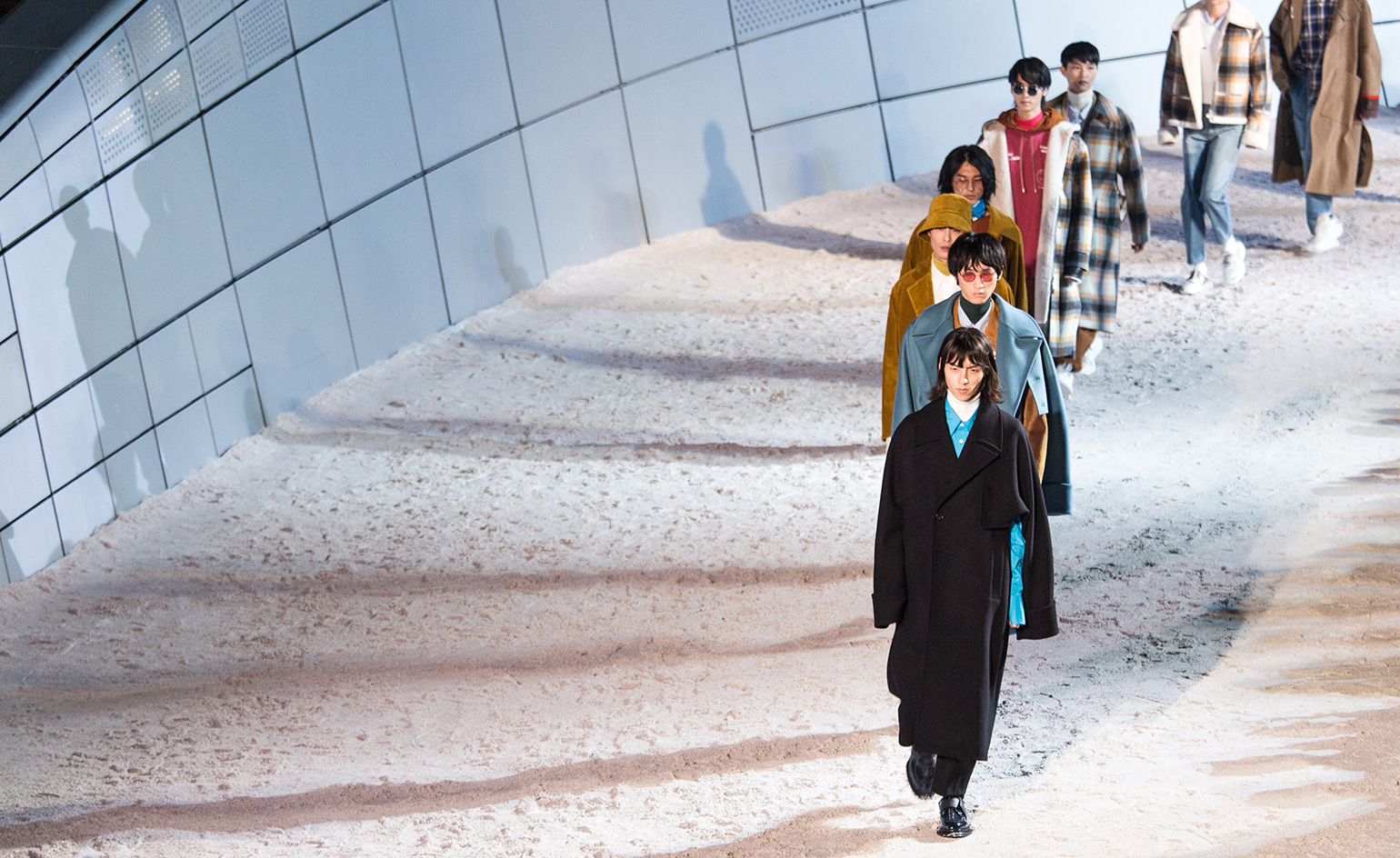
With its illuminated bends and sci-fi smog, the expansive virtual reality universe of Steven Spielberg’s 2018 film Ready Player One is a lot like modern day Seoul. They both emanate an 1980s inkling of a far-flung future. Seoul’s skyline is dotted with animated HD screens, corporate hieroglyphics and hotly coloured church crosses that seem to float in mid air. Cars zoom across wide highways. The faces of models stroking their soft skin are projected onto the sides of tall buildings and cast reflections on the pavement slabs below. This might be what being trapped inside a giant, doe-eyed computer game would be like.
In the last decade, South Korea has lucratively wholesaled its pop and beauty regimes to the world. Now it is focused on showcasing its fully-flourished fashion scene where global trends are adopted fast and then ramped up a couple of notches. At Hera Seoul Fashion Week’s S/S 2019 shows, for example, staple sporty clothes collided with tailoring. At UL:KIN, smart jackets had ruched, sportswear sleeves. Shell suit pants were worn with dinner jackets at Beyond Closet and, at Ordinary People, Adidas activewear was sliced into trench coats. Duality is at the core of K-fashion, whether in the meeting of the masculine and the feminine, or the space between formality and playfulness. The past pushes the present.

Backstage at Solid Homme’s 30th anniversary S/S 2019 show
The season opened with Solid Homme’s anniversary show. Launched by Madame Woo in 1988, the label has been instrumental in shaping attitudes towards menswear in Korea for the last three decades, and today sells through 28 stores locally and more than 20 stores around the world. ‘When I started out I was looking at what was happening internationally because nothing much was happening here. The fashion industry in Korea was almost non-existent,’ she says.
Today, under the direction of Jung Kuho, Hera Seoul Fashion Week is a brightly lit vitrine of design talent; its collections are shoulder to shoulder with New York, London, Milan and Paris. ‘The kind of support we are seeing with the Seoul Design Foundation didn’t exist when I started and there were no opportunities to be showcased in the context of a fashion week. Fashion just wasn’t a buzzword,’ Woo says.
Today there is a vast ecosystem of brands, leading retail concepts and talent in the city: ‘Now I can look at what’s going on at home and think about what is getting people excited and how they are interpreting trends. There’s more to engage with at a local level.’ Woo’s anniversary show was staged on the curved roof of the Zaha Hadid-designed Dongdaemun Design Plaza – the home of the seasonal shows. The collection took inspiration from a culture caught in conflict; military details were the focus as large forward-facing pockets and canvas accessories alluded to re-appropriated clothes worn post-war. Knitwear was askew.
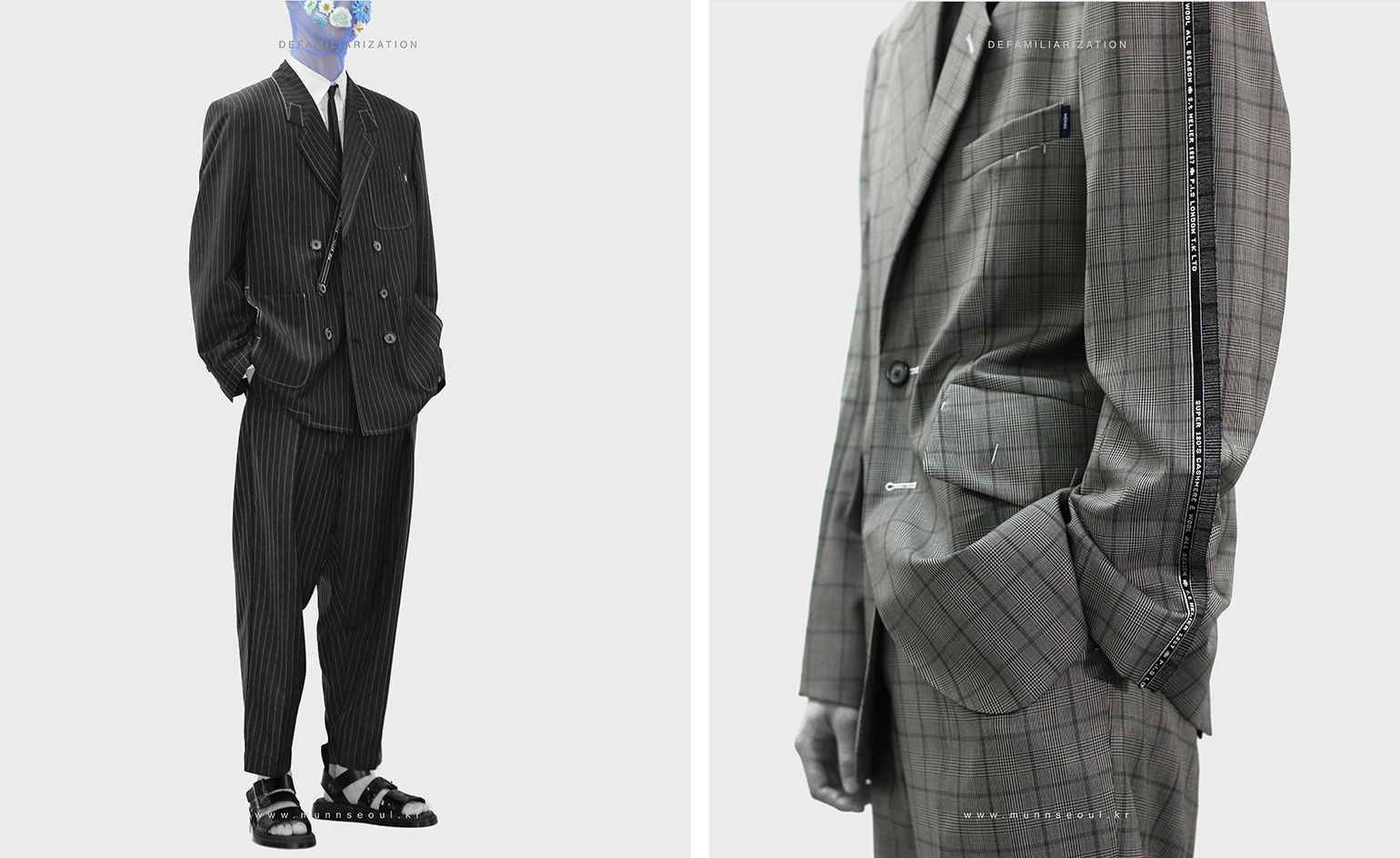
MÜNN S/S 2019
Hyun-min Han, the designer behind MÜNN, one of Seoul’s most exciting young menswear brands, was at the show. Han studied graphic design at SADI – a design institute founded by Samsung – before switching to fashion inspired by the work of Alexander McQueen. Soon after, he began a year long internship with Madame Woo at her more modish label Wooyoungmi. He started MÜNN in 2013. ‘She has opened the door for so many upcoming, young Korean menswear designers to be noticed by international people,’ he said. ‘I learned so much there.’
His S/S 2019 collection was the standout of the season. Influenced by the computer games he played as a child, it decoded the reality of living in a city like Seoul. The selvedge edge of tailoring was exposed and stitches of traditional tailoring techniques revealed; pin-stripe wool was cut into bomber jackets. Nike football t-shirts were repurposed and recycled.
Japanese Kuroki denim and traditional Korean jacquards were mixed with 3M Scotchlite reflective fabric. Showpieces were made from graphic Vietnamese gunny sacks. ‘I went back to when I was surrounded by Walkman’s, cassette tapes, Gameboys and Japanimation. That was the opposite of virtual reality. It was my actual reality,’ he says. Han was presented with the Best Designer Award at this year’s closing gala and will receive 200 million won from the Hyundai Home Shopping Network Corp to help grow his business.
Korean menswear re-frames the sartorial suiting of the 1980s economic boom and fuses it with the high-tech attitude of the new millennium. In comparison to its fashion week counterparts, the story of men’s fashion in Korea is relatively young. ‘Men didn’t really have a sense of style back when I started; it wasn’t something they thought of or valued,’ Woo says. ‘In the past, working to have food on the table was what drove people, so style didn’t come into it. You just wore your daily work uniform and didn’t think about it…’ The men of today are completely different. They belong to a generation that has more opportunities and has had more exposure to international attitudes.
‘Fashion is always changing and I have to adapt too,’ Woo said backstage, surrounded by models wearing her latest work. She isn’t handing over the baton to Han just yet. Even after 30 years, it’s still all go.

MÜNN S/S 2019
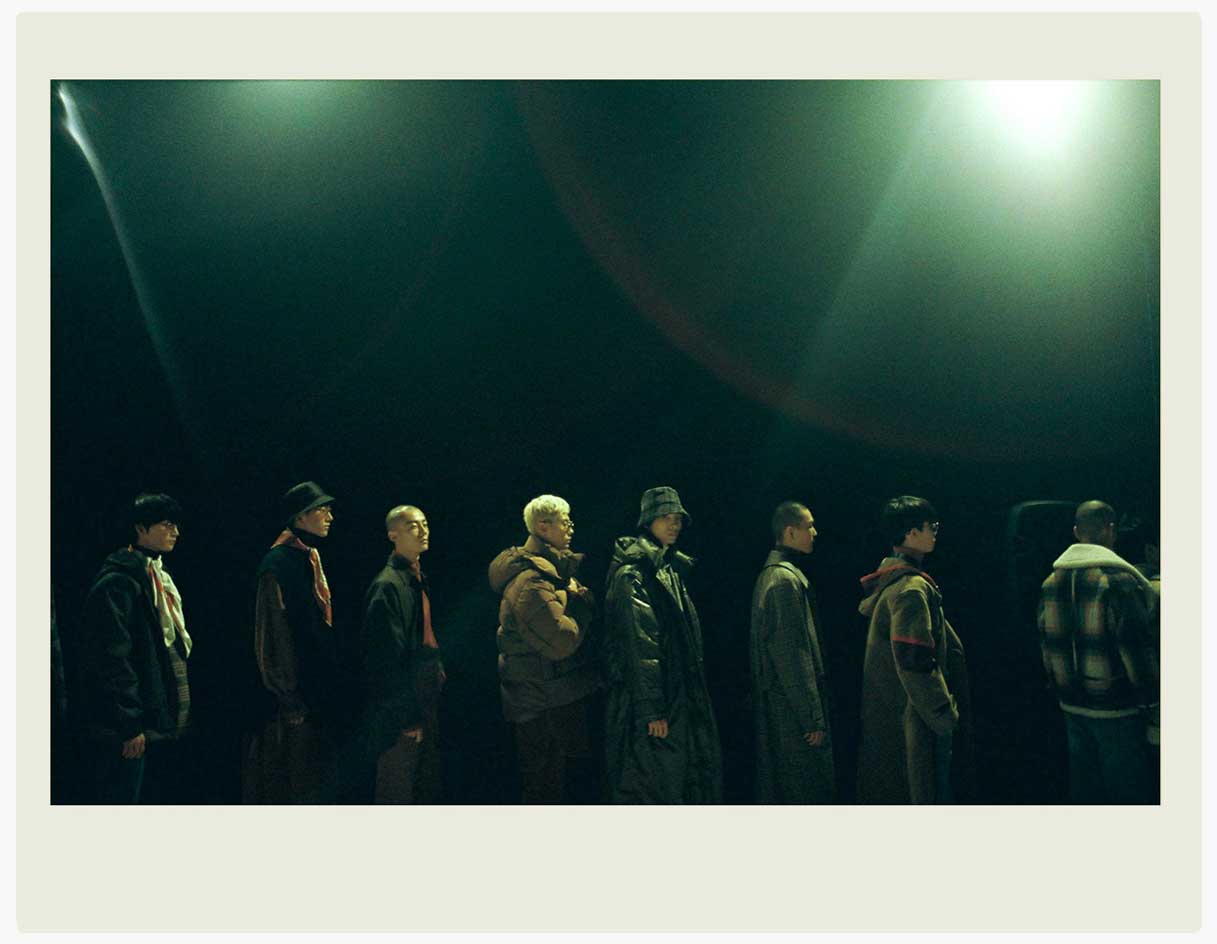
Backstage at Solid Homme’s 30th anniversary S/S 2019 show
INFORMATION
For more information, visit the Seoul Fashion Week website
Receive our daily digest of inspiration, escapism and design stories from around the world direct to your inbox.
London based writer Dal Chodha is editor-in-chief of Archivist Addendum — a publishing project that explores the gap between fashion editorial and academe. He writes for various international titles and journals on fashion, art and culture and is a contributing editor at Wallpaper*. Chodha has been working in academic institutions for more than a decade and is Stage 1 Leader of the BA Fashion Communication and Promotion course at Central Saint Martins. In 2020 he published his first book SHOW NOTES, an original hybrid of journalism, poetry and provocation.
-
 JLR is a mainstay of modern motoring luxury, but do car brands need creative figureheads?
JLR is a mainstay of modern motoring luxury, but do car brands need creative figureheads?With Gerry McGovern departing from Jaguar Land Rover, what next for the Indian-owned, British-built house of brands?
-
 Royal Huisman brings superyacht scale to a new age of sail with the 81M Sky project
Royal Huisman brings superyacht scale to a new age of sail with the 81M Sky projectRoyal Huisman’s The Sky project is a mission to build the world’s tallest sloop – we explore the technical challenges of creating a sailing superyacht
-
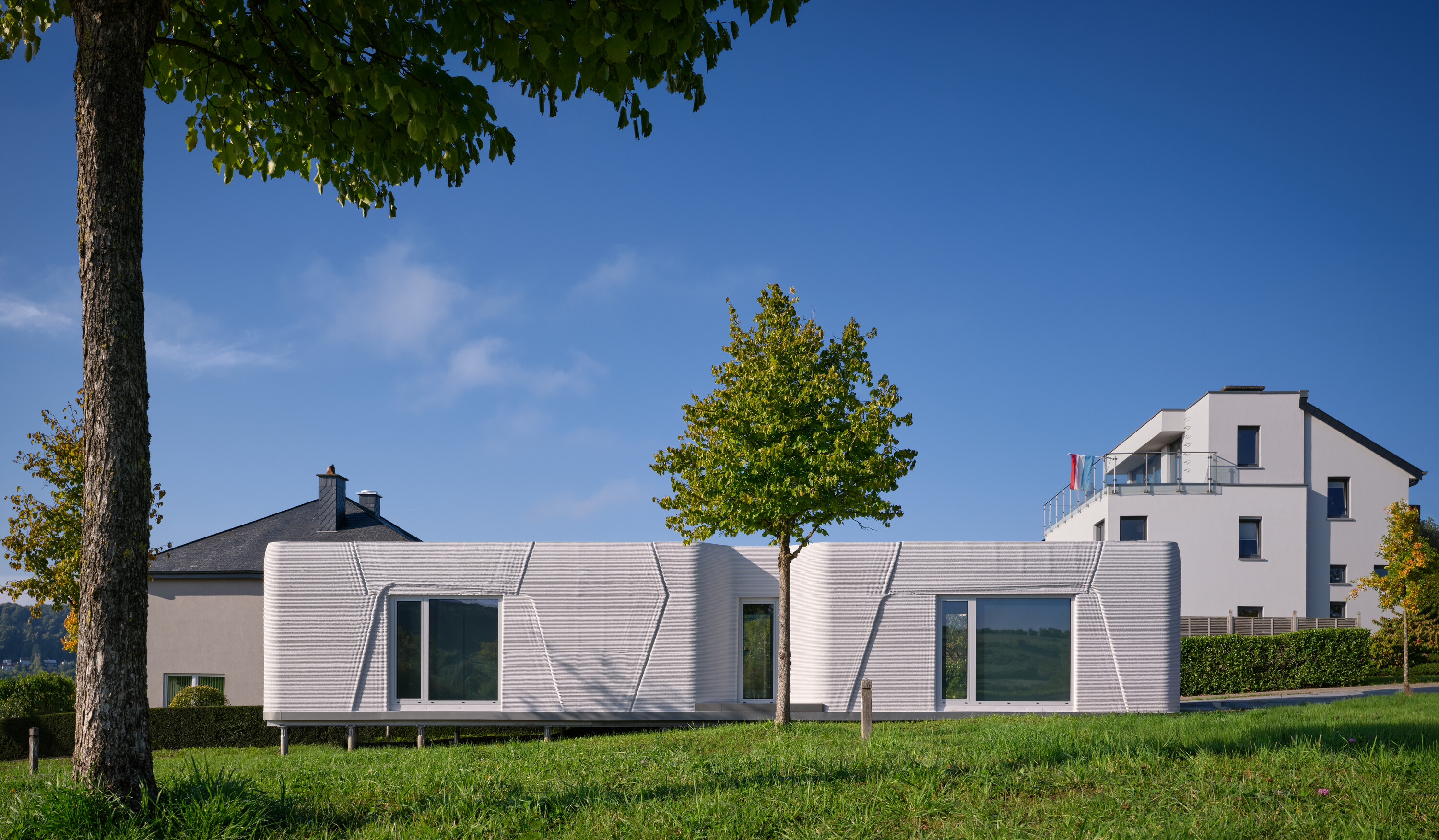 Could this 3D-printed dwelling solve Luxembourg’s housing crisis?
Could this 3D-printed dwelling solve Luxembourg’s housing crisis?With Tiny House Lux, ODA Architects showcases a functional, low-cost and sustainable home that serves as an important case study for the potential benefits of 3D-printed construction
-
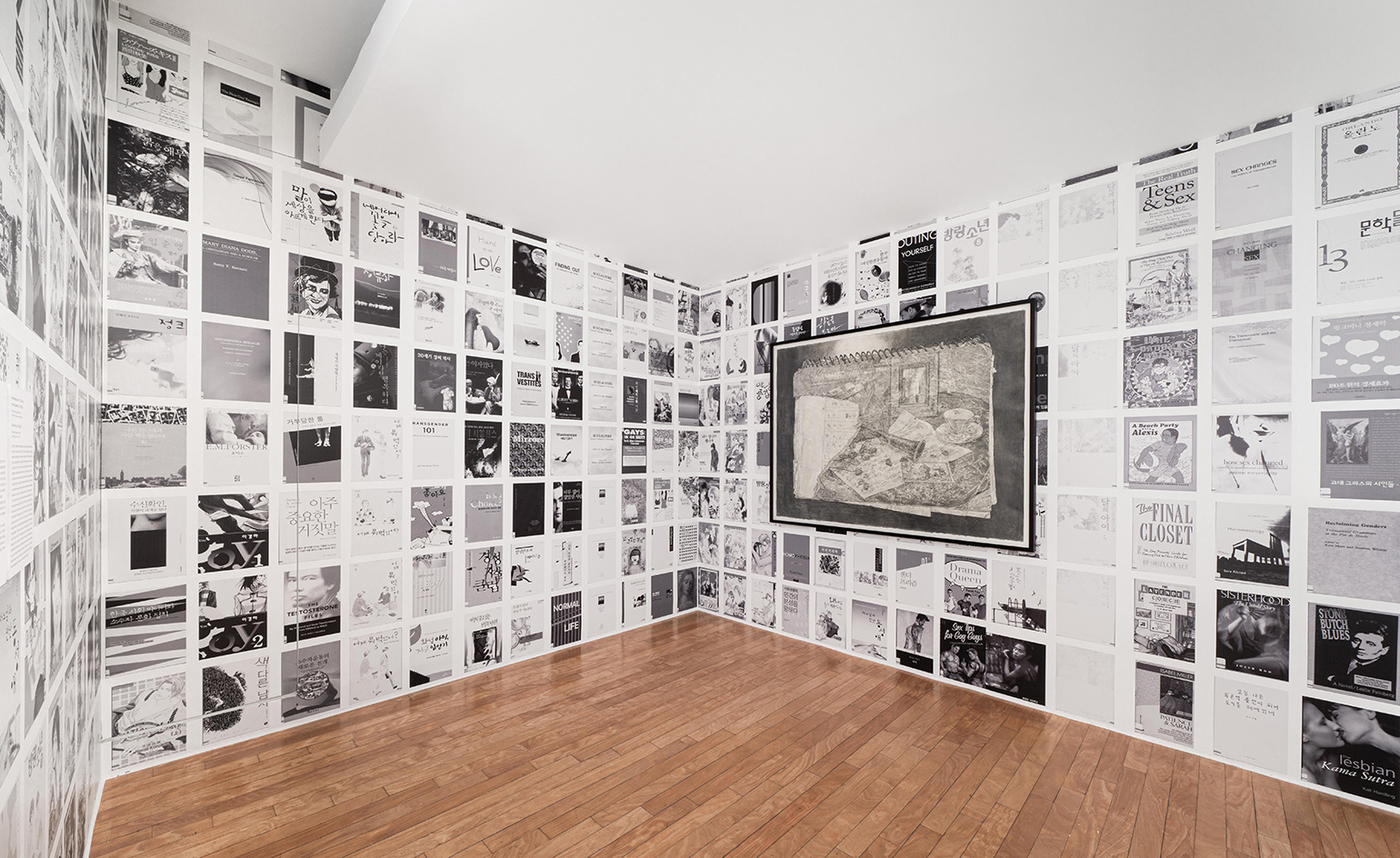 Gucci's Seoul show considers radical perspectives on ‘otherness’
Gucci's Seoul show considers radical perspectives on ‘otherness’The fashion label sponsors ‘No Space, Just a Place, which invites guests to consider radical perspectives on ‘otherness’, led by Tunisian-born curator Myriam Ben Salah
-
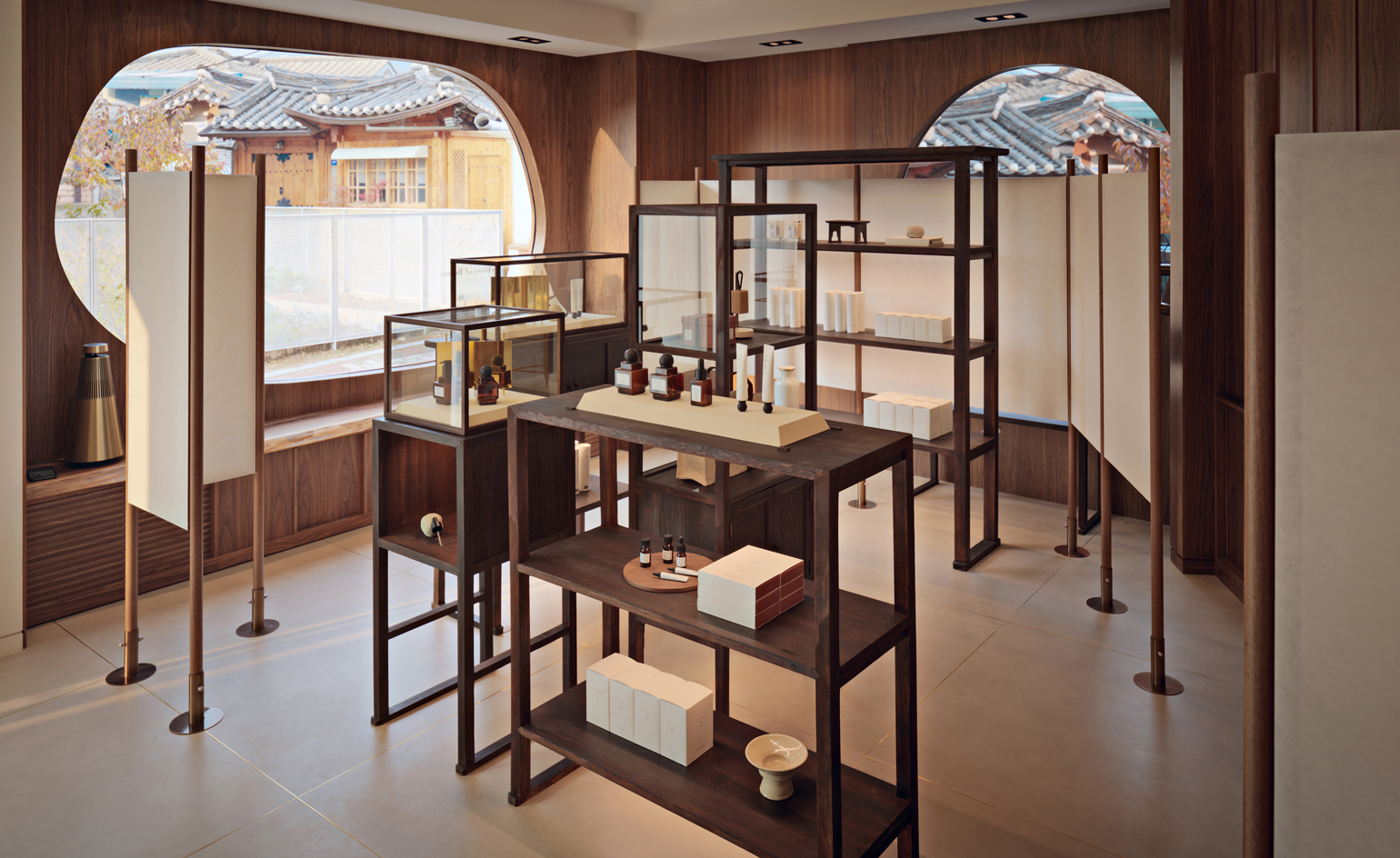 Eath Library skincare boutique in Seoul is inspired by Korea’s traditional apothecaries
Eath Library skincare boutique in Seoul is inspired by Korea’s traditional apothecaries -
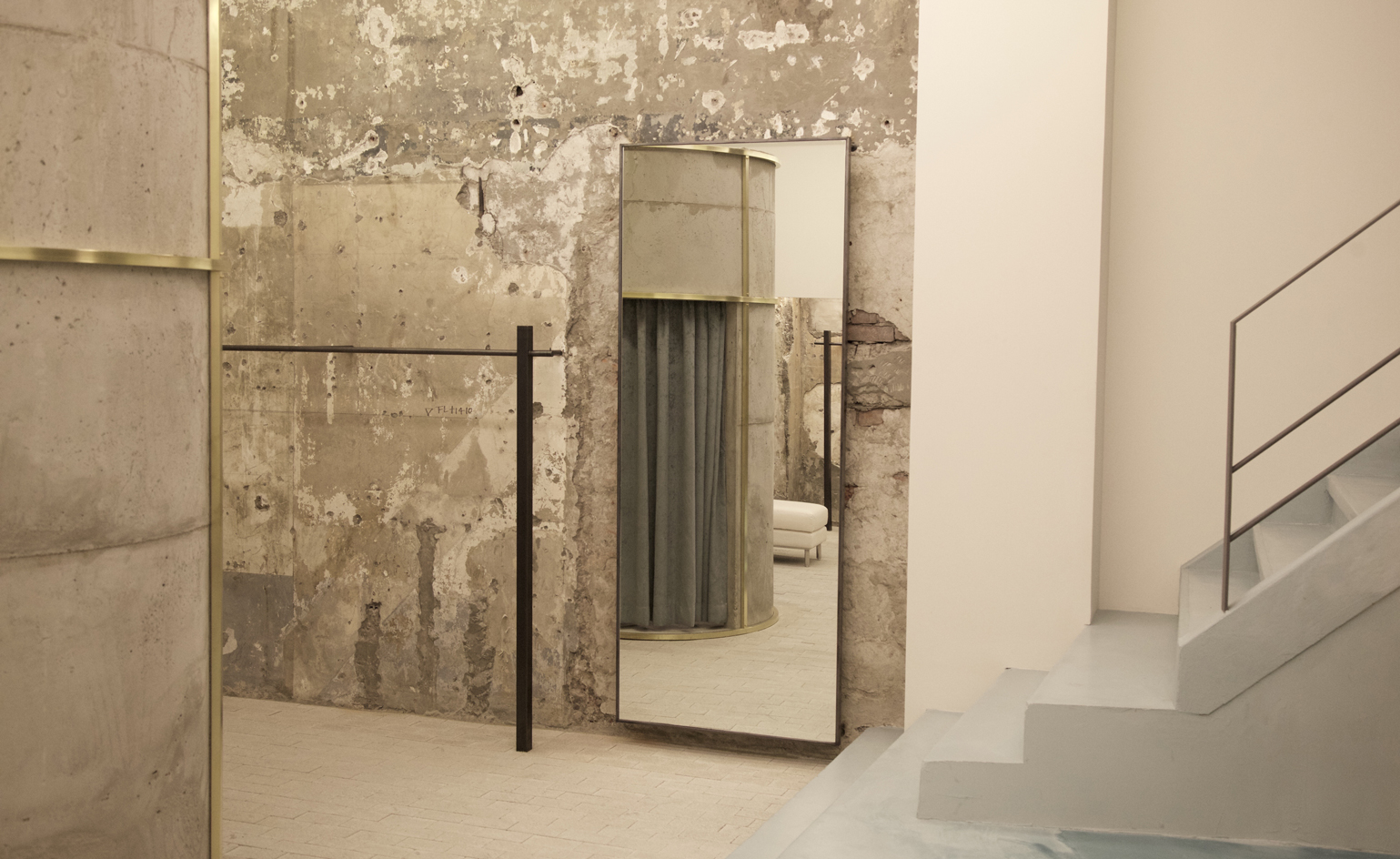 High notes: Low Classic reaches new heights at Seoul Fashion Week
High notes: Low Classic reaches new heights at Seoul Fashion Week -
 Wrap artist: a retrospective remix for Max Mara embraces body and Seoul
Wrap artist: a retrospective remix for Max Mara embraces body and Seoul -
 Body and Seoul: flourishing fashion is on top form in South Korea
Body and Seoul: flourishing fashion is on top form in South Korea -
 Searching for Seoul: on the ground at South Korea's A/W 2016 fashion week
Searching for Seoul: on the ground at South Korea's A/W 2016 fashion week -
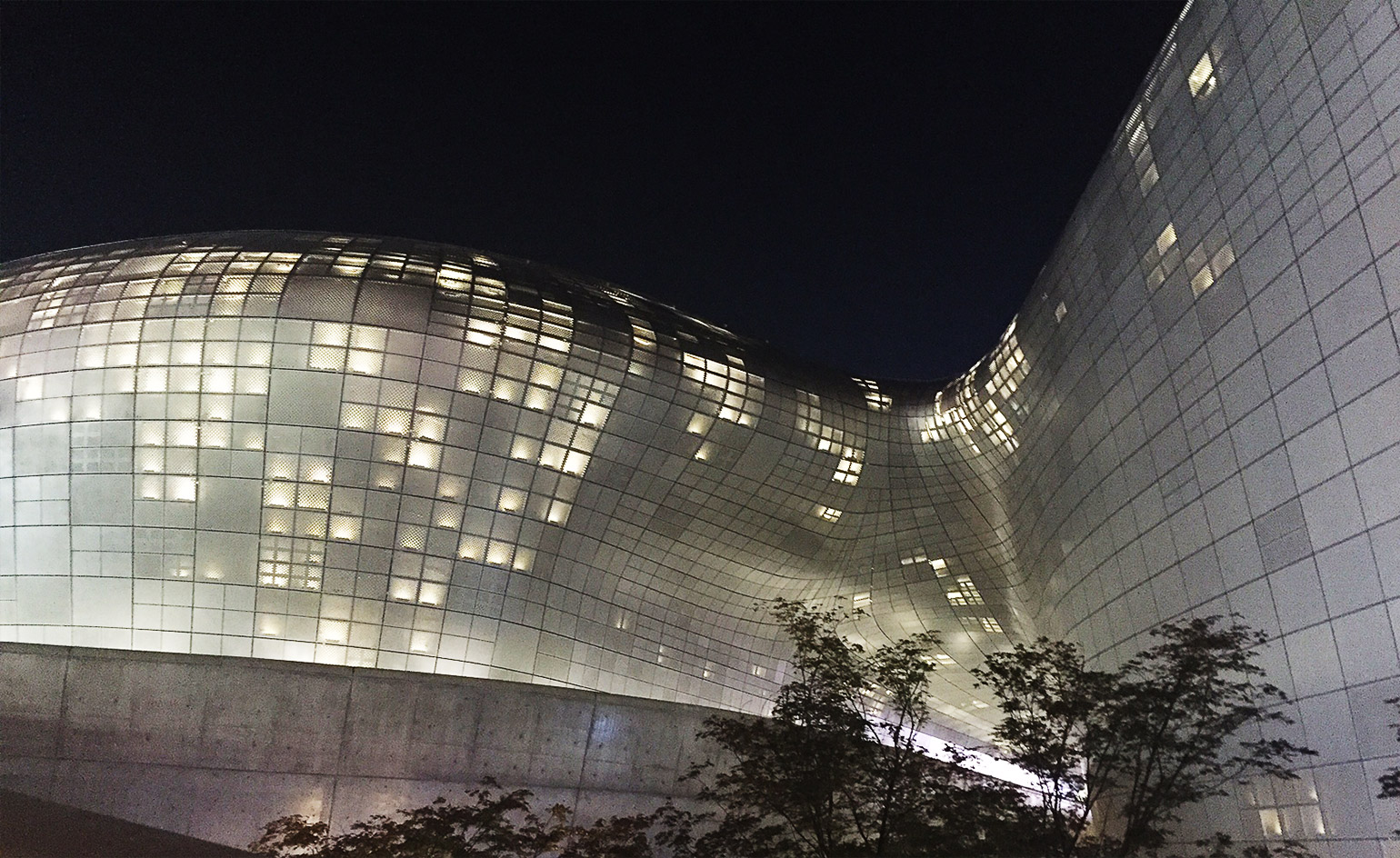 In search of Korea’s new wave of design talent at Seoul Fashion Week S/S 2016
In search of Korea’s new wave of design talent at Seoul Fashion Week S/S 2016In search of Korea’s new wave of design talent at Seoul Fashion Week S/S 2016
-
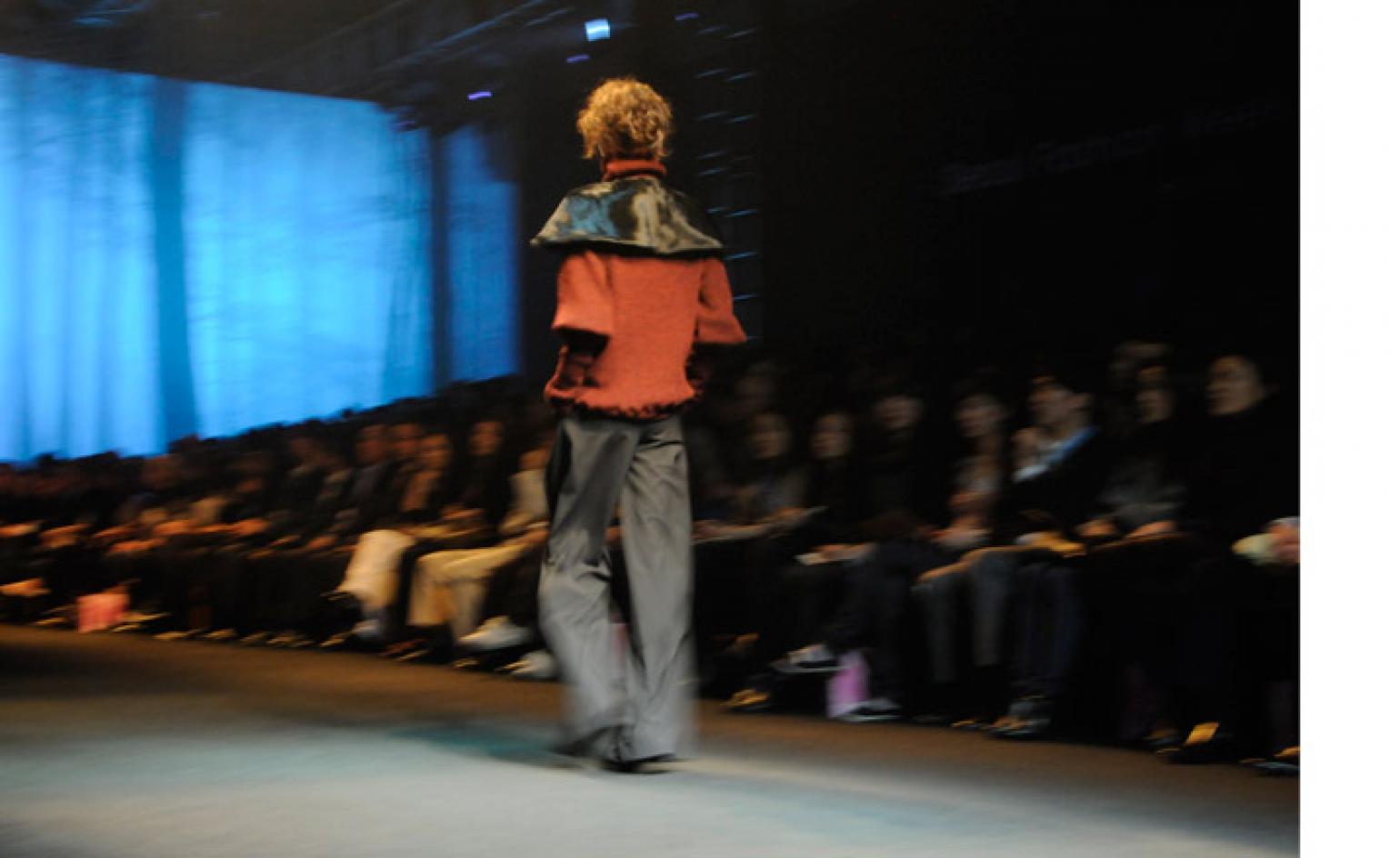 Seoul Fashion Week 2010
Seoul Fashion Week 2010